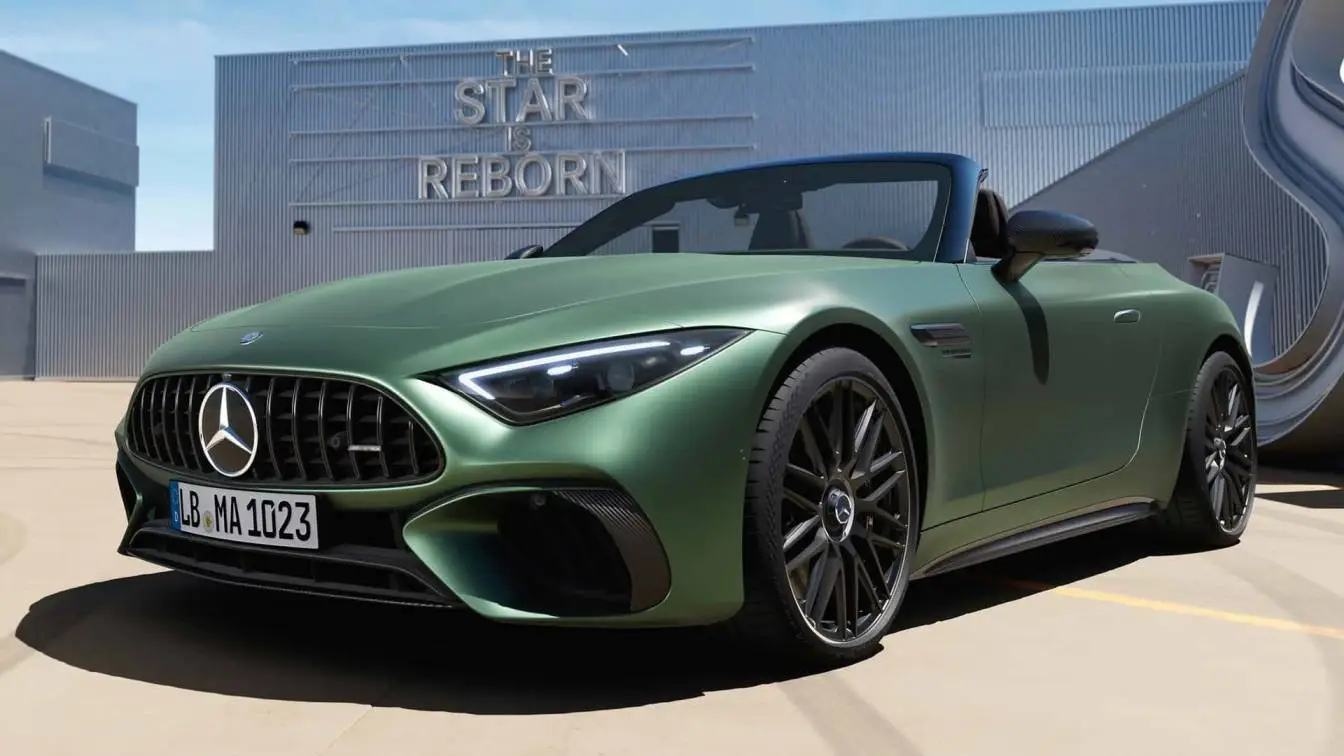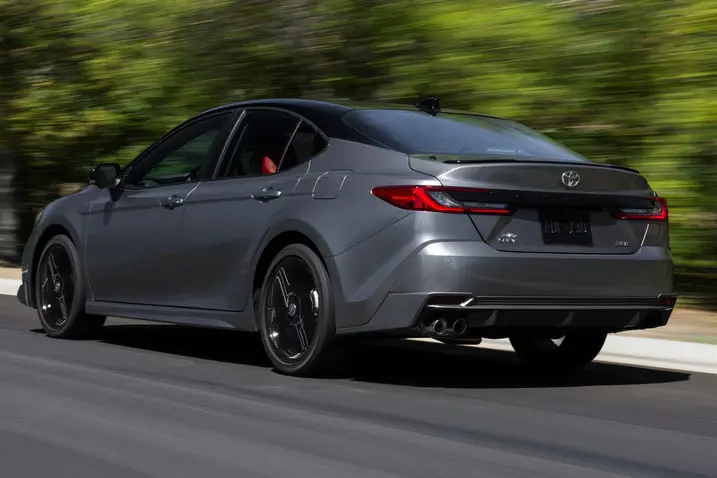Alpine A110
Jean Rédélé has a history with rallying even before he founded his sports car business. Apparently in honor of finishing first in class and second overall in the previous year's Alpine Rally while piloting a Renault 4CV, he gave it the name Alpine when he accomplished this in 1955. The A110, his third and most well-known vehicle, began life with the mechanicals of the imperceptibly simple Renault 8. While competing, it did well, but when Rédélé started installing the bigger engine from the Renault 16, everything changed. The A110 turned into a rallying beast after that. It was defeated by the Porsche 911 in the 1970 International Championship for Manufacturers by a mere two points, but the following year it won the same series with double the score of its closest competitor. The World Rally Championship was established in 1973, with manufacturers competing instead of drivers at first. A110s entered 11 and won six of the 13 rounds. By year's end, Alpine had scored 147 points, compared to 84 for Fiat and 76 for Ford.
Austin 1800
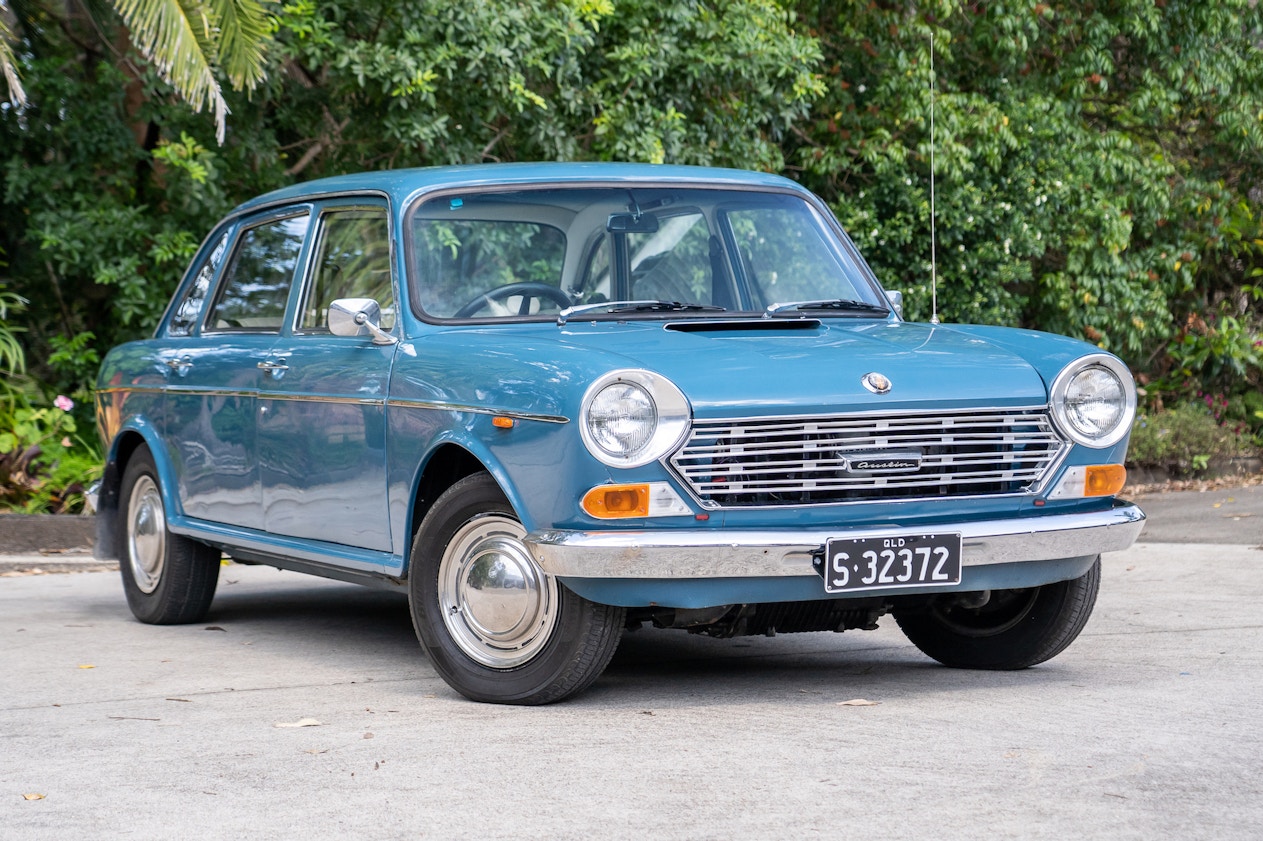
The Austin 1800, essentially a greatly enlarged Mini, was definitely not the kind of vehicle one would anticipate performing well in a global rally—that is, unless the event was the London-Sydney Marathon. When the inaugural Marathon took place in late 1968, a number of teams, notably the one that would soon be known as British Leyland, predicted that dependability would matter much more than performance. You'll see that this was accurate when you learn what the winning vehicle was. Even though it wasn't an 1800, the crew led by a certain Mr. Hopkirk, together with Tony Nash and Alec Poole, completed a very respectable second overall with just 56 penalty points, as opposed to the last place finisher's 13,790.
Austin Seven
Standard Seven models provided family transportation (with very little performance) to those who couldn't afford more upscale vehicles, making them the first examples of "people's cars." This does not imply a career in motorsports, but a large deal of engine development, including supercharging, together with the sporadic usage of single-seat bodywork led to tremendous success in trials, racing, and breaking records. Sevens had a significant role in the early careers of Bruce McLaren and Colin Chapman, the creators of the Lotus and McLaren enterprises, respectively. From 1922 to 1939, well over a quarter of a million Sevens were produced, and many still being used in competition today.
Austin-Healey Sprite
![]()
With a 948cc BMC A-series engine, the original Sprite was a little roadster that was the complete opposite of the legendary "hairy-chested sports car." It wasn't designed to deliver astonishing straight-line performance; instead, it was meant to be enjoyable to drive. It was unlikely to contend for the top spot in any big competition, but it did soon achieve success of a different type. Shortly after the commencement of manufacturing, three Sprites led the 1.0-liter class in the 1958 Alpine Rally. Three Sebring Sprites, built on the same basic chassis but with upgraded bodywork, performed the identical maneuver in the 12-hour race at Sebring, Florida, the following year. These and subsequent Sprites went on to excel in comparable competitions as well as in the obscure but incredibly fun sport of auto testing, where their remarkably fast direction changes came in very handy.
Read Also: Coolest Rally Cars of All Time
Citroen 2CV
A major portion of the 2CV's attraction to drivers with an odd but respectable attitude is its seeming inappropriateness. Held on loose-surfaced tracks, the 2CV Cross has been fiercely – and even brutally – fought since it started in the 1970s. Conceived in Belgium, where a number of races of different durations, including a 24-hour race at Spa-Francorchamps, started to be conducted yearly, was the concept to move the automobile to circuit racing. Inspired by their 1988 visit to the Spa race, British fans started their own event, now held at Snetterton in Norfolk but originally at Mondello Park in Ireland. In Belgium, drastic alterations are allowed in the Prototype class, and the related Citroën Dyane is also eligible. Only 2CVs are eligible for the UK series, where the vehicles are closer to standard specifications. The top drivers in each situation are incredibly skilled, and the racing is of an exceptionally high caliber. Former Formula One driver and winner George Russell has raced.
Citroen Xantia
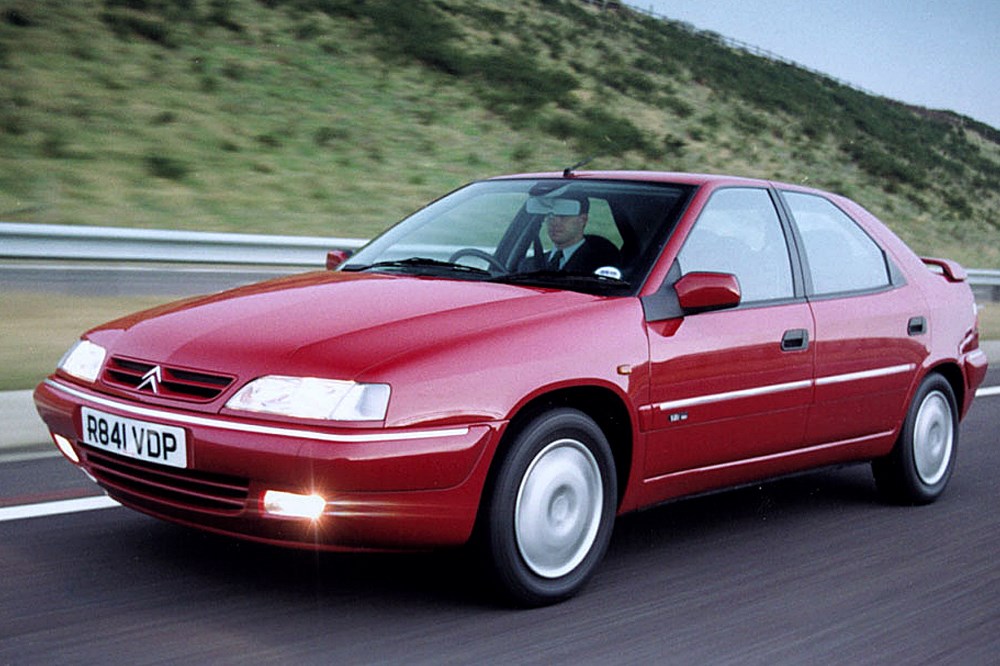
In the 1990s, the Citroën Xantia faced competition from the Ford Mondeo, Nissan Primera, and other hatchbacks in the medium size class. Although the Activa model's refinement of the basic hydropneumatics suspension nearly eliminated body lean, certain variants had strong engines, the car was generally not a clear contender for racing. Its remarkable success can be attributed almost completely to Jean-Luc Pallier, who created a competition model with a significantly upgraded 2.0-liter turbo engine and four-wheel drive while keeping the hydropneumatics system in place, although in a more sophisticated configuration. Pallier won the French Rallycross Championship in 1994, 1995, and 1996, as well as in 1998 and 1999, with this vehicle. He also placed third in the European Championship's highest-performance class in the first three of those years.

.webp)
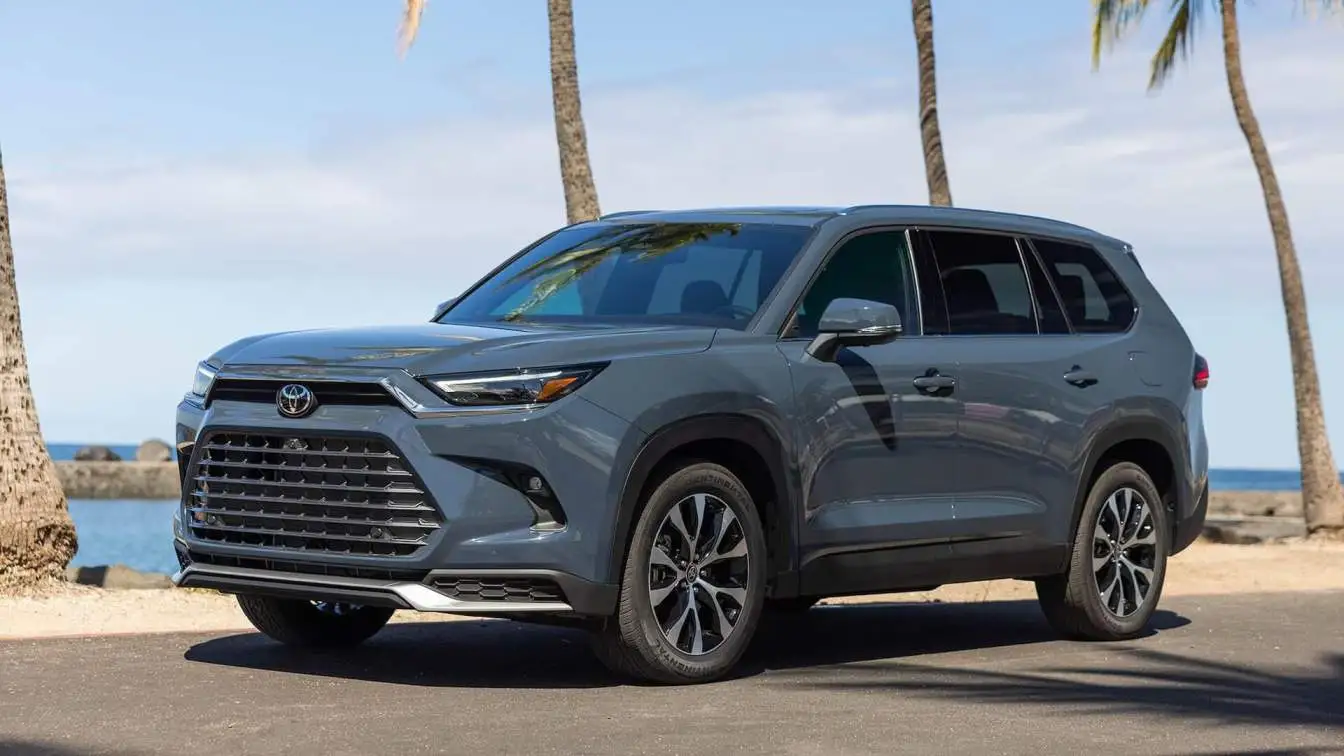
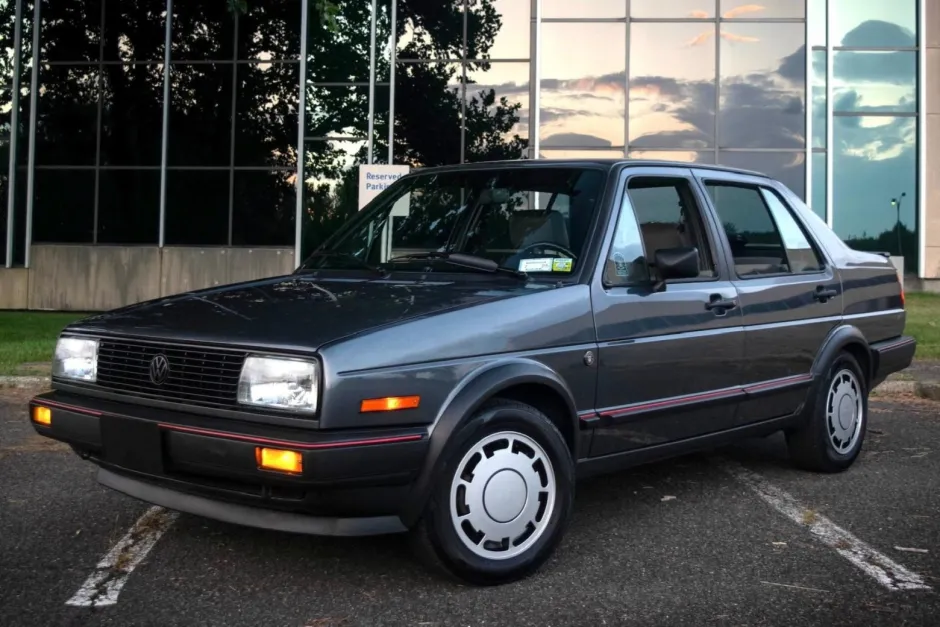
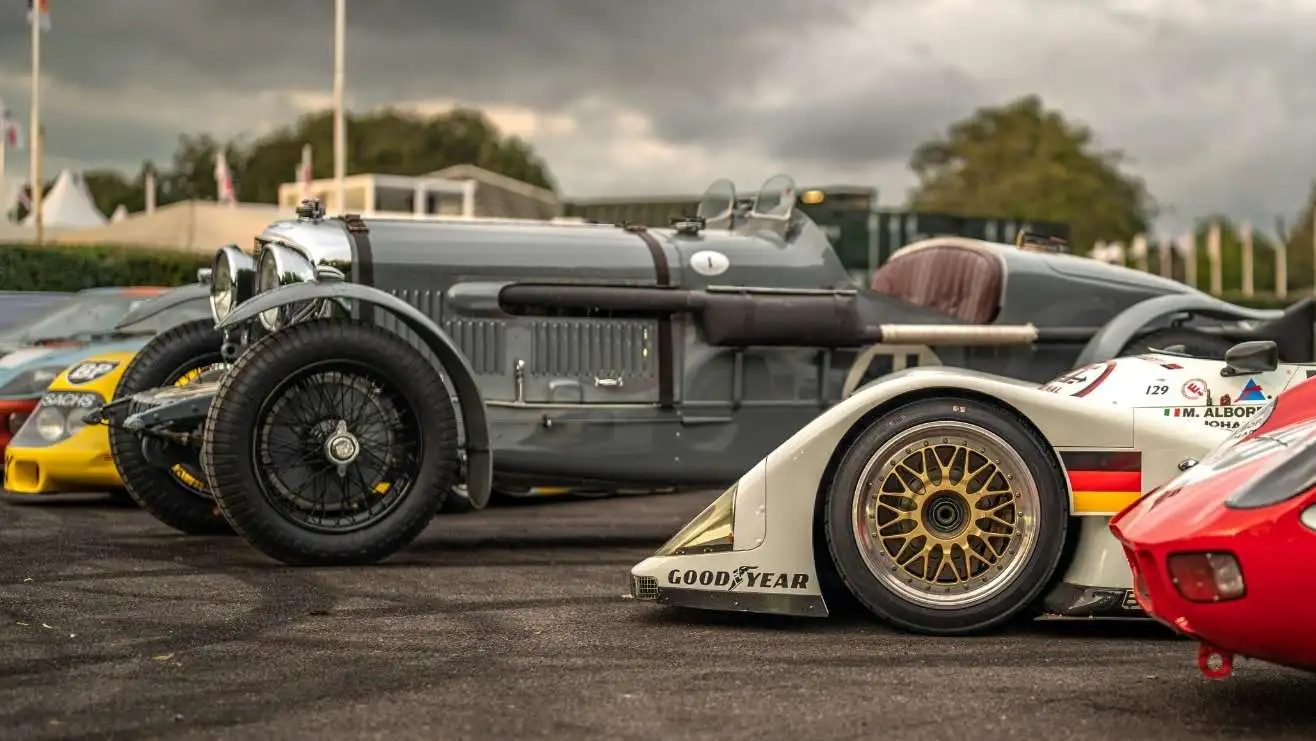
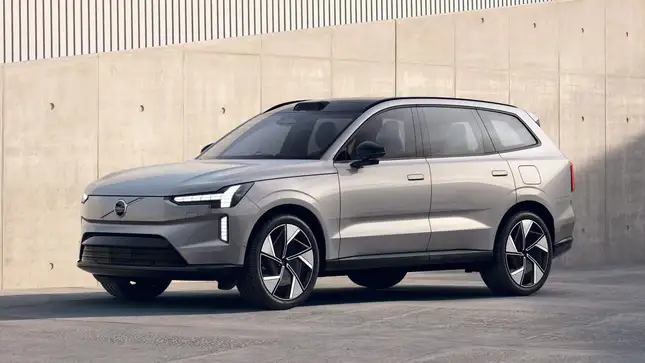
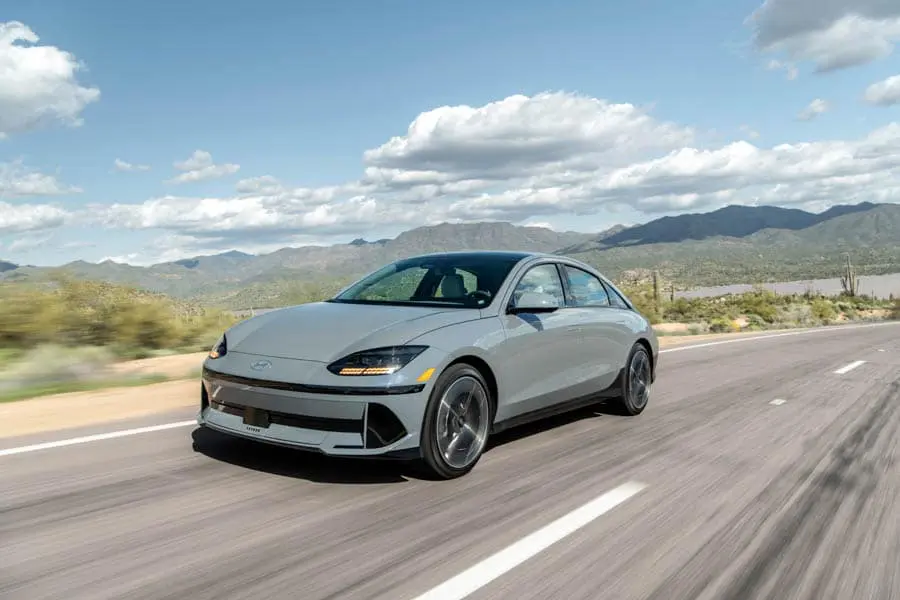
.webp)
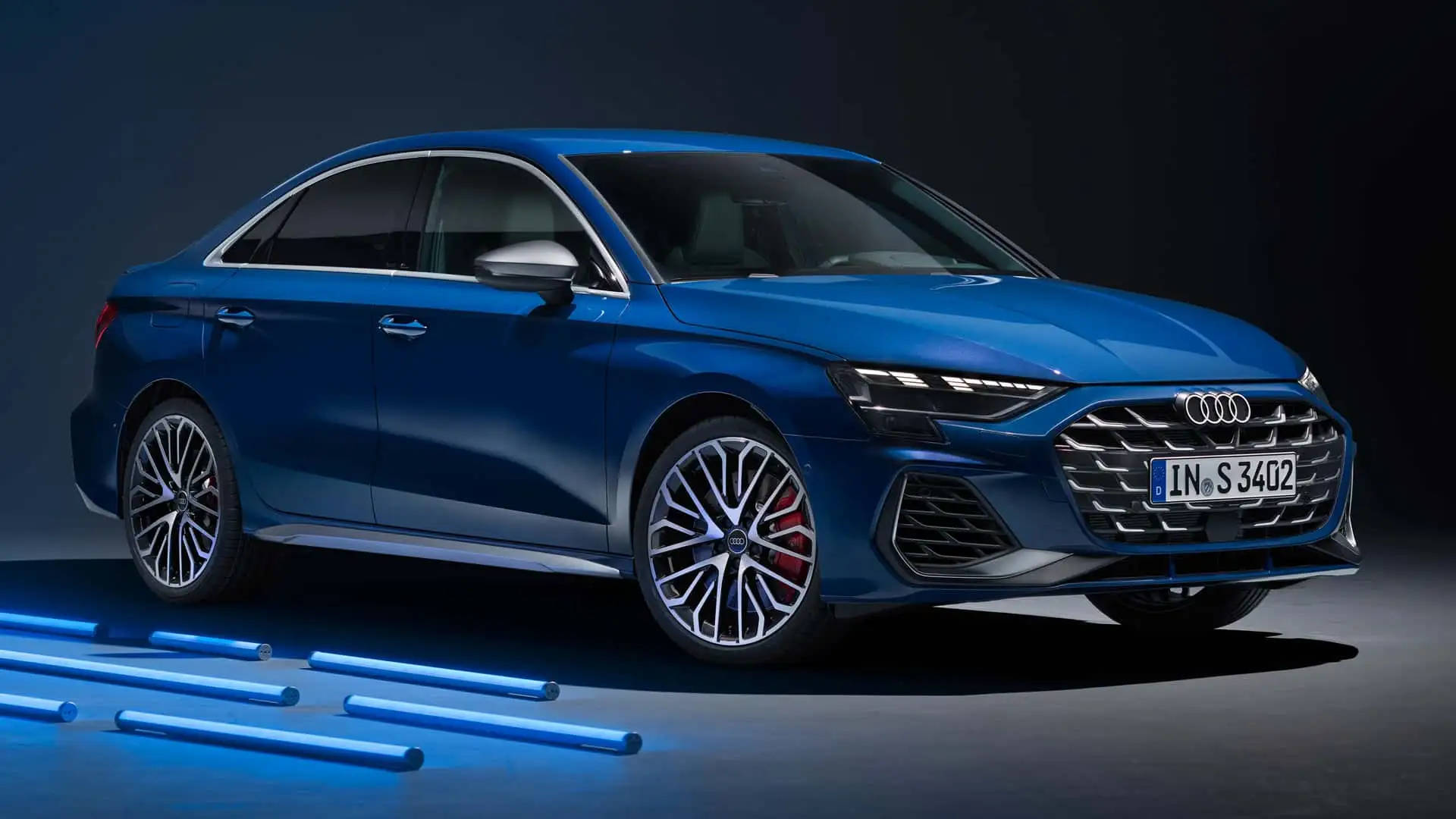
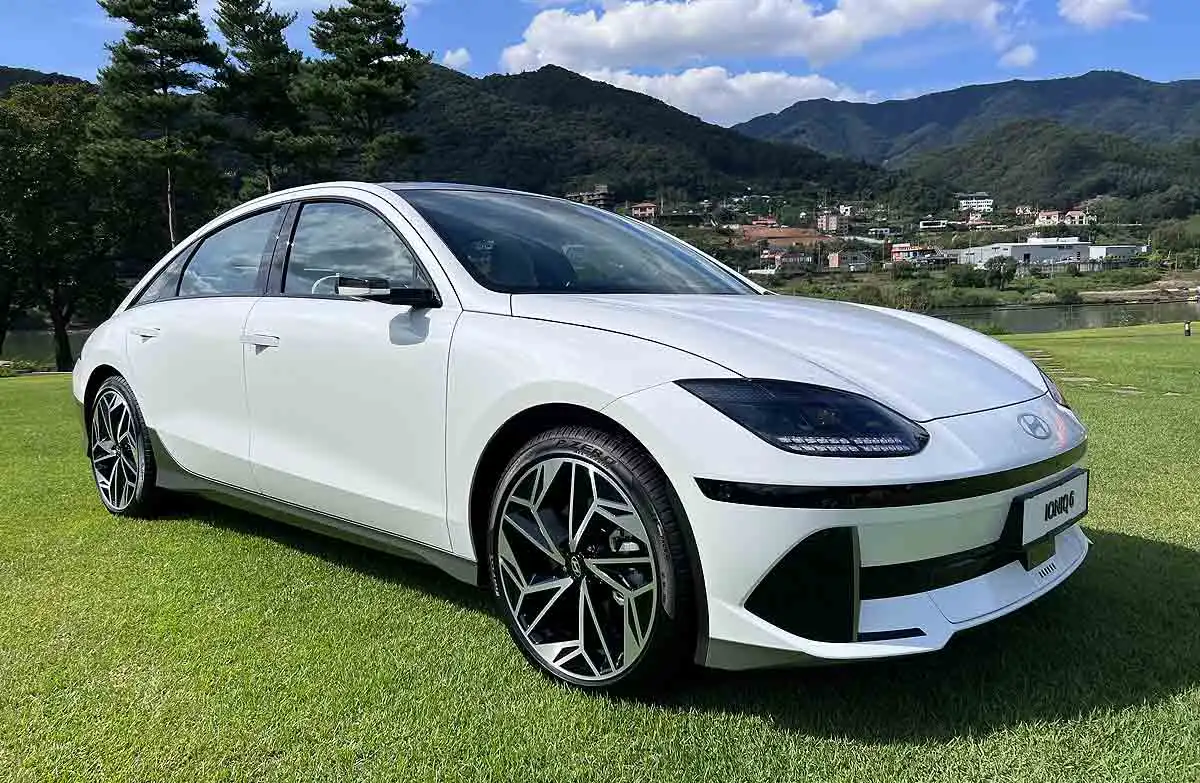
.webp)
